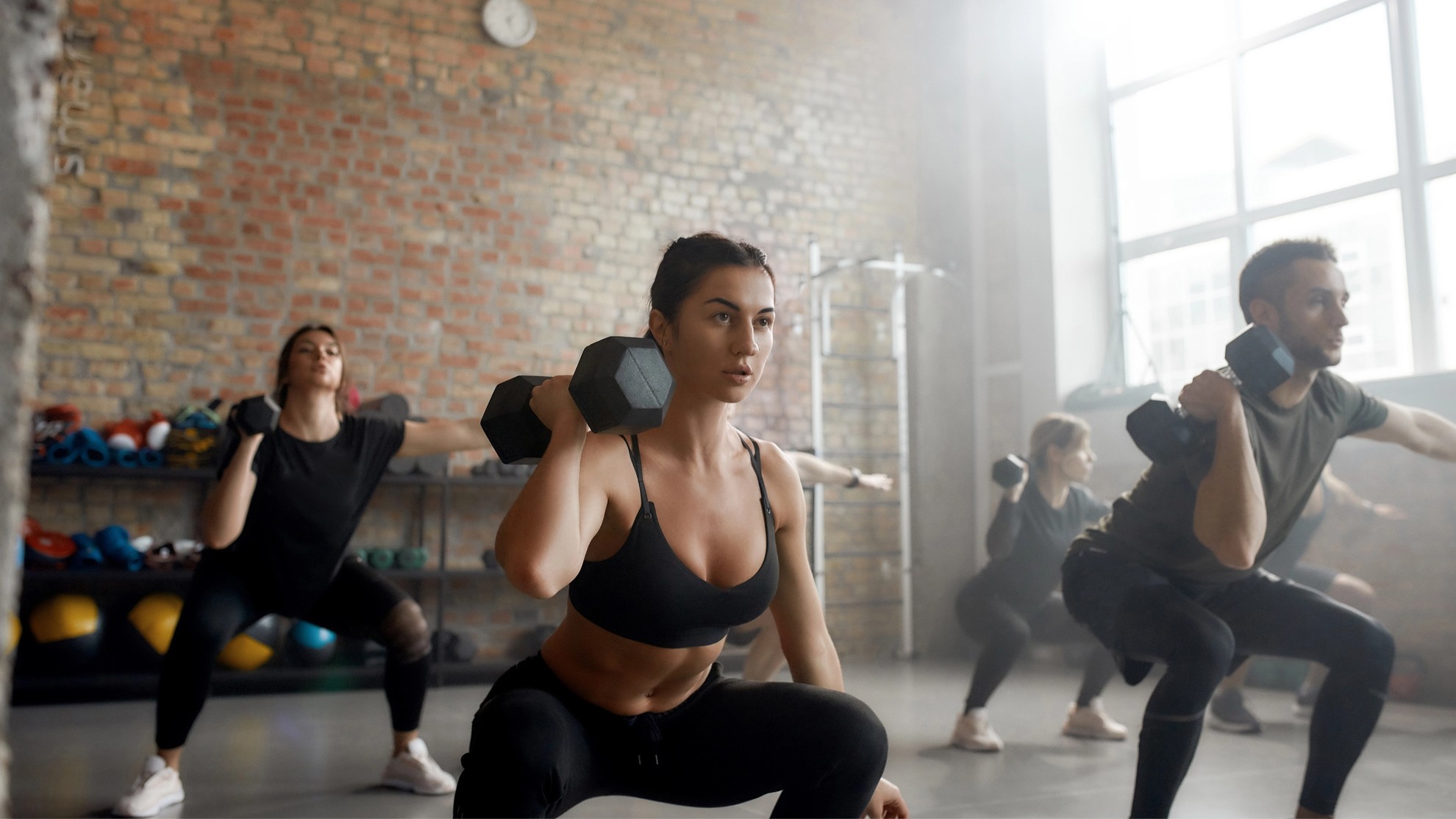by Kathleen O’Neill, DPT >> Request an Appointment
It seems like not too long ago that we were watching the Women’s World Cup, and even more recently, the FIFA 2022 World Cup. Fall soccer season is right around the corner, so now it’s time to talk about injury prevention for our soccer players, and particularly, ACL injury prevention. Within competitive sports that involve cutting/turning, the ACL is the most commonly ruptured ligament of the knee joint. The risk of sustaining an ACL injury is significantly higher for female athletes due to differences in mechanics when landing, cutting, and turning. Weakness starting in the hip can be one of the major factors leading to these faulty movement patterns.
What is an ACL Injury?
Acl Injuries are common in many sports, but you frequently hear about them in soccer. This is particularly true because soccer involves repetitive and abrupt movement that places significant stress on the knee joint. While twisting or impact to the knee can cause damage to ligaments, an ACL injury ultimately causes significant pain and makes walking and running difficult.
ACL injuries can have a lifelong impact. Developing osteoarthritis, re-injuring the knee, or living with permanent knee instability can all result from injury to the ACL. However, with proper care and strength training, appropriate rehabilitation, and physical therapy, injured players can minimize injury recurrence. Meanwhile, strengthening exercises are one of the most impactful things soccer players can do to prevent ACL tears or injury entirely.
ACL Injury Risk Factors
Risk factors for ACL injury include:
- Footwear – type of boot, fit of boot, and amount of total cleats are all risk factors
Playing surface – uneven or artificial turf increases injury risk - Being female – this includes anatomical, hormonal, and environmental factors
- Previous ACL Injury -a history of ACL injury increases the risk of recurrence
- Anatomical factors, such as having greater knee laxity
Can you Play Soccer with an ACL Injury?
If you have an ACL tear/injury, you risk delayed healing and long-term, serious complications such as complete knee instability, knee pain that does not subside, and osteoarthritis. Meanwhile, allowing your body to heal can minimize the time it takes to recover and lead to a more positive prognosis. How to Prevent ACL tears in Soccer
Preventing a torn ACL in any sport like soccer relies on common wisdom that we have all been taught, like warming up, stretching, choosing the right shoes, and learning proper form and technique. For soccer in particular, avoid playing on a field that is uneven and poorly maintained.
Exercise for injury prevention plays another big role. Below are a few exercises that can help with glute strength and stability and decrease the risk of soccer injuries, particularly to the ACL.
Exercises to Help Prevent ACL Injury for Soccer Players
Banded Hops: Lateral, Forward, and Single Leg
(3 rounds x 12-15 hops per drill/direction)
Adding a band cues gluteus medius activation with landing. The goal is to improve shock absorption and control deceleration by landing softly and preventing knees from collapsing inward.
Standing Clam Shell
(2-3 sets x 15 reps each side)
This is another great exercise to train the glute medius to control knee valgus (turning inward), similar to its role in controlling the hip/knee when cutting in soccer. Keep your core tightened, upper body stable and your hips level throughout this exercise.
Standing Hip Extention
(2-3 sets x 15 reps each side)
This exercise challenges glute strength on the side that’s kicking back against the band, while also challenging single-leg stability on the stationary leg. Keep your hips level and engage your core to avoid extending through the low back.
Single Leg RDL
(3 sets x 10 reps each side)
The single-leg RDL is a great way to eccentrically challenge the hamstrings, train foot/ankle stability, and challenge the glute max. Be sure to keep your back straight and hips level. Progress this exercise further by adding weight to the opposite arm.
Return to Play After an ACL Injury
As always, you should follow the guidance of your healthcare professional. It may be possible to return to sport after you sustain an ACL injury, but one of the leading factors is the severity of your injury and the success of your recovery. If you have suffered an ACL tear and are in need of a physical therapist, we are here to guide you through your rehabilitation and recovery. Get started by requesting an appointment or giving us a call at your nearest Evolution.




